
Climate
Let’s learn about why summer 2023 was so hot
Human-caused climate change has played a big role in this summer’s historic heat.
By Nikk Ogasa
Come explore with us!

Human-caused climate change has played a big role in this summer’s historic heat.

Bits of airborne salt may help raindrops form, removing water from clouds before it can freeze as part of the process that makes lightning.
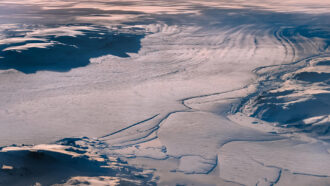
Inland melting of the Northeast Greenland Ice Stream is accelerating — and may contribute far more to sea level rise than earlier estimates suggested.

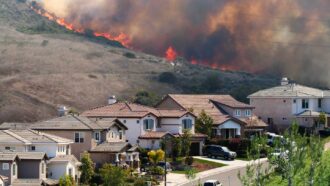
Researchers wanted to study the health effects of wildfire smoke. But they realized they didn’t know where it was and how much exposure people had.
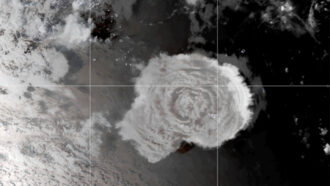
A massive volcanic eruption in the South Pacific, earlier this year, appears to have triggered one tsunami that was initially 90 meters (nearly 300 feet) tall.

This is bad news as a warming planet leads to growing numbers of excessive heat waves — and millions more people facing potentially deadly temperatures.
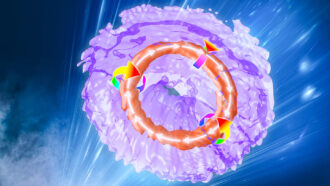
Physicists had a bright idea: Make light into swirling, ring-shaped vortices, similar to smoke rings or bubble rings.
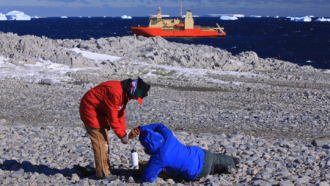
It appears the Pine Island and “Doomsday” Thwaites glaciers are losing ice — and shrinking faster — than at any time in the past 5,500 years.
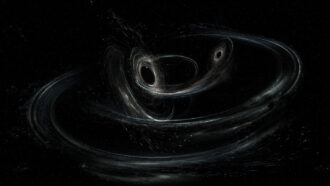
Two black holes merged into one, and then sped off at around 5 million kilometers (3.1 million miles) per hour.